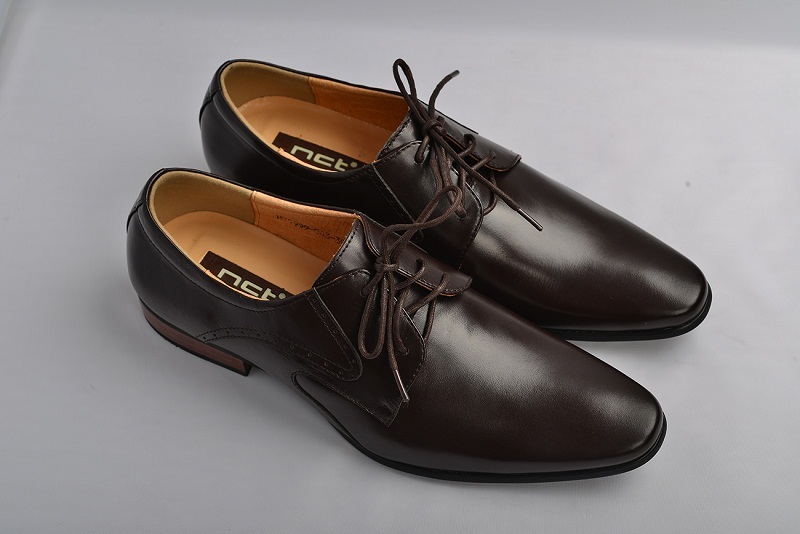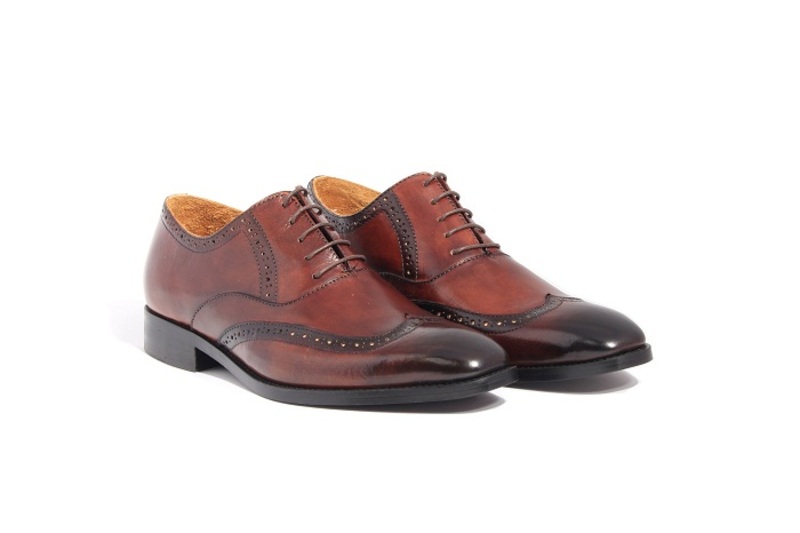The way to tie shoelaces of dress shoes
The men's western rope straps became so familiar to the gentlemen. Therefore, the problems that surround the shoes such as care, maintenance, shoes cleaning or shoelaces are no longer so strange. However, there are some men who make mistakes in how to tie a western shoelace. This is easy to do, because if you tie them in the wrong way, even a small part will ruin the beauty of your shoes. The following article will guide the men's western shoelaces properly.
The shoes on the market today, especially the western shoes are designed with lanyards. The shoe laces are not just intended to help fix shoes with legs and form legs, but also decorative effect for shoes. Therefore, you need to tie the belt realistically and professionally. You should not tie the strap too loose or too tight will cause discomfort, loss of confidence when moving. Proper tethering will make your shoes look better, more stylish, more fashionable and somewhat reflective of the user's personality, that they are careful, meticulous and caring for themselves or as a person. Men are superficial, superficial, not to much care about his appearance.
Men's western jackets typically have 3 to 5 holes and the tie is not too complicated. The two most commonly used straps for the shoelaces are the parallel strap and the tether. Besides, you also need to learn how to hide the shoelaces in order to avoid the stingy or loose wire.
How to tie criss-cross
Criss - Cross is the most popular shoe lace for Derby shoes. The characteristic of this traditional shoe is that the vamp can open easily so the strap is very suitable for them, both simple and easy to save time. First, straighten the string from bottom to top through the first horizontal strip hole. Then, cross the wire to the other wire in each hole so that the right side crosses the front, alternating to the left and then knitting the rope to the last hole, then tie the bow.
How to tie the shoelaces in parallel
The lace method is most commonly used for western Oxford sneakers. However, you can also use this tie for Derby shoes. This method of tying the shoelaces is more complicated than the Criss - Cross because you have to make sure the shoelaces are not too tight because the vamp of Oxford is fixed. Besides, this type of tie is quite expensive so you should only apply to the shoes with 3-5 holes pierce only offline!
First, straighten the shoe from the top down into the two holes at the bottom and you need to estimate the number of holes that correspond to the length of the string so that after the bow tie the length of the two halves of the shoe . Next, you hold the ends of the zippers on the tip of the shoe and flatten the first two holes. Then stretch the laces in the first row, adjusting the vamp to close fit each other. Next to the second row, use the right strap to straighten up the adjacent adjacent hole from the bottom up and squeeze into the opposite hole in the next row. Take the left end of the rope through the lower part of the top rope and transfer the rope from the first hole to the third hole on the left side of the shoe, then continue to thread the rope from the second hole on the left to the fourth hole. side of the shoe. You have to try to keep the ends of the strings going straight on the inside of the shoe laces that pierce through the second hole. Continue straight through the second hole through the holes on the outside for the fourth and second holes. 5 then put the left end from the third hole to the fifth hole and pull the end from the fourth hole straight through the fourth hole on the opposite side and then the fifth hole to the left. Finally, you can tie the shoelace or just knot and hide the shoe laces beneath the vamp and will be better on the back.
European style laces
This type of lace is quite popular in Europe and especially suitable for all types of western shoes. First, thread the wire through the first horizontal hole in the direction from top to bottom. Then, make sure that the left part of the string is longer than the right part. Continue to thread the left side of the wire in the second hole opposite the lower corner (from the bottom), passing the wire through the opposite hole (from the top down). Let's continue to do the same crossing for the third, fourth and fifth holes.










